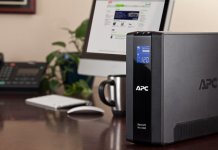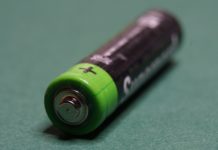Sooner or later every PC user has to face the fact that he will need to replace the computer’s power supply. The main thing here is to avoid panic. After all, there is nothing terrible about it. A power supply replacement necessitates basic knowledge and a step by step instruction.</p> </p>
When you buy a computer for the first time, you most likely choose the case and the operating system, and almost do not pay attention to any other internal components. This information is used by sellers to their advantage. Cheap PC cases are usually equipped with the cheapest power supply</strong> units, in which are used components of not the best quality. And after a year and a half, these power supplies simply stop functioning or burn out.</p>
Table of Content</p></p>







